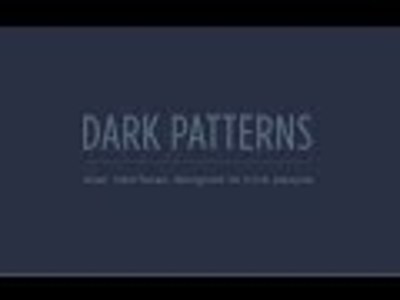How to Build Habit-Forming Products - Nir Eyal
Nir Eyal describe a 4-phase pattern found in habit-forming technologies called the Hook Model. Watch the video and consider the habit-forming products in your own life.
Can you find the hooks in the products you are most engaged with? Can you find them in the product or service you are building?
The products we find most engaging have a basic design pattern called a Hook. Hooks are experiences that connect users’ problems to a company’s solution with enough frequency to form a habit. Hooks are in all sorts of products we use with little or no conscious thought.
Over time, customers form associations that spark unprompted engagement, in other words, habits. They move from needing external trigger like ads and other calls to action, to self-triggering through associations with internal triggers.
Use of the product is typically associated with an emotional pain point, an existing routine, or situation. Products use hooks to create these powerful associations. Hooks start with a trigger, then an action, then a reward, and finally an investment. Through successive cycles through these hooks, user habits are formed.
Cognitive Psychology, Persuasive Design, Growth Hacking, Habits
Nir Eyal
See speaker profile
1 conference talk








